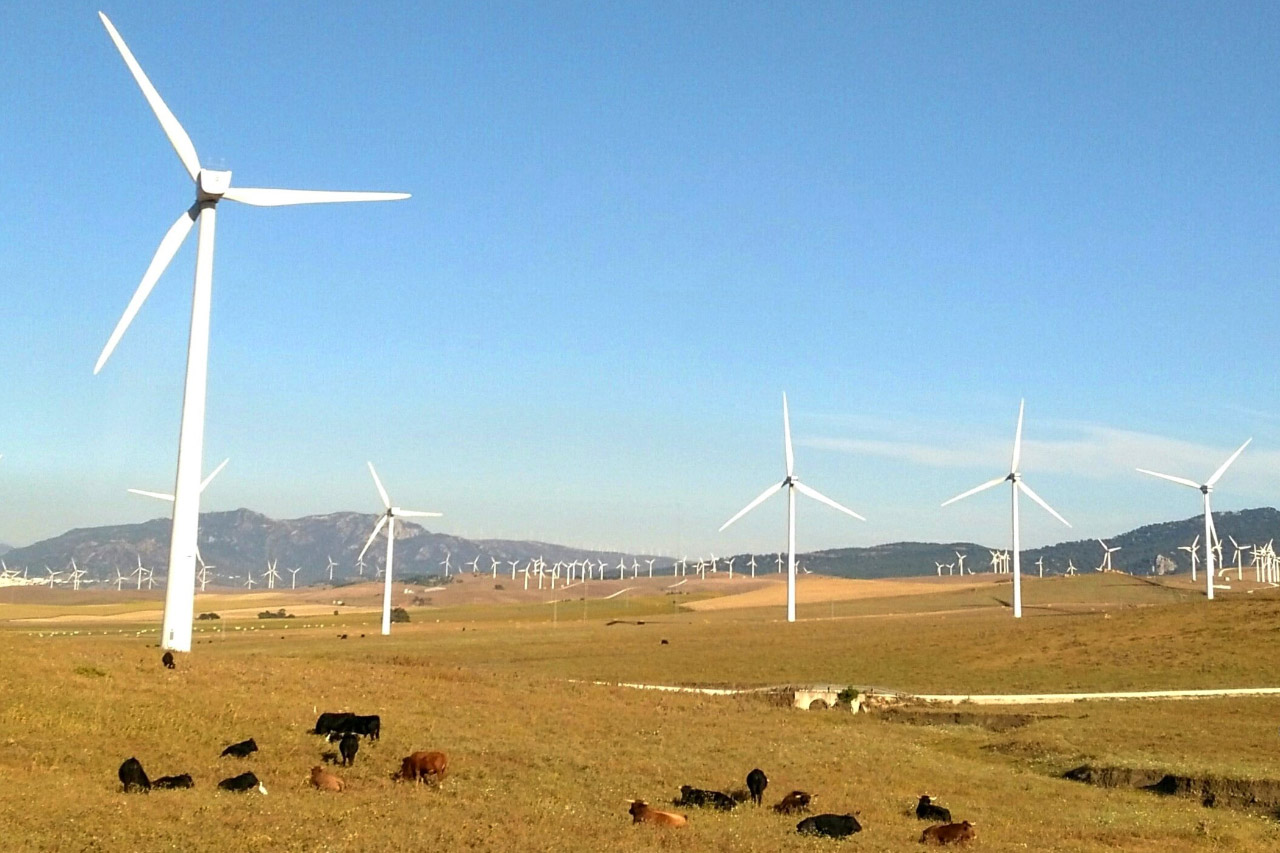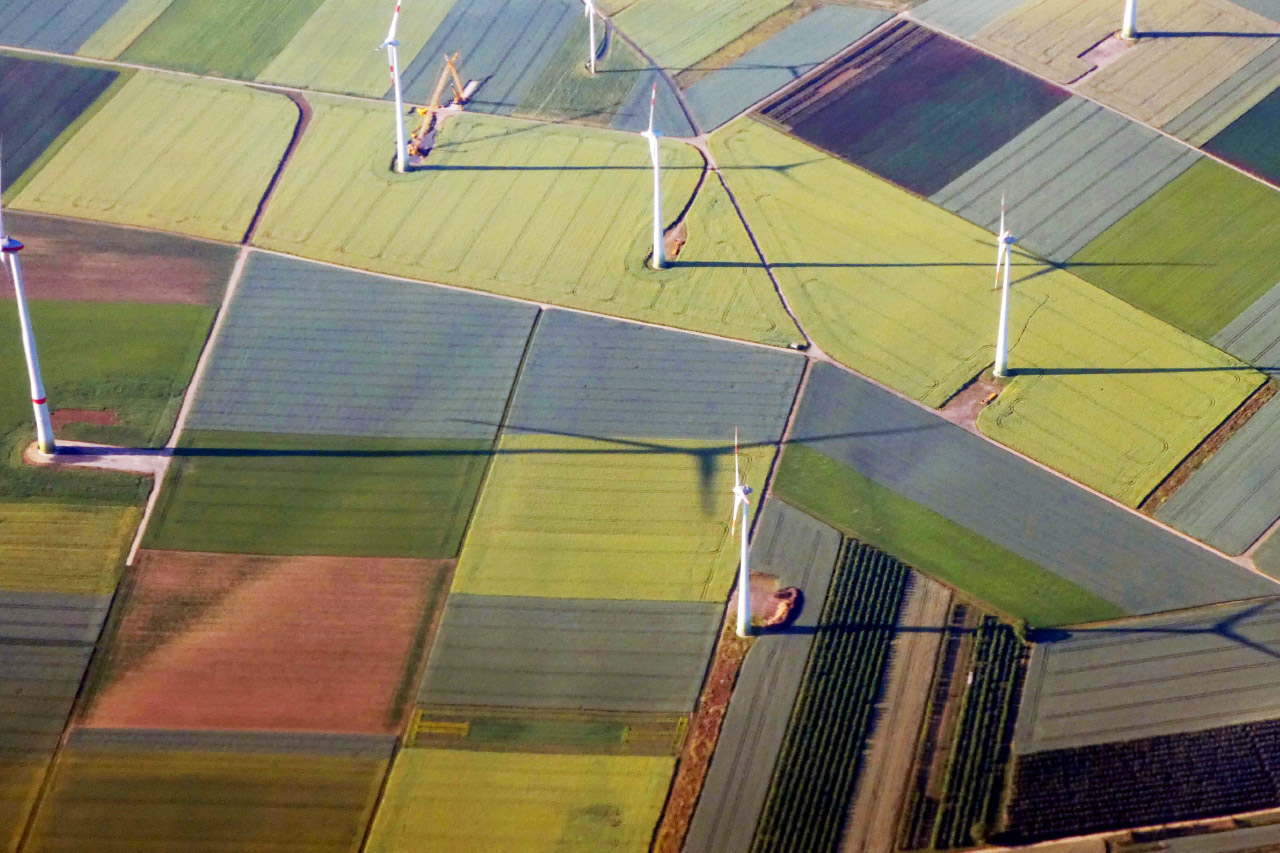
Champlin Energy Company
Wind Energy
Wind Energy DevelopmentWind Facts
Wind Energy Development
The management of Champlin Renewables, LLC were integrally involved in the development, financing and / or construction of over twenty wind energy projects totaling approximately 1,500 MW throughout the US and have arranged and closed in excess of $2 Billion in debt and equity financing for those projects. Champlin is focused on acquiring mid to late stage wind energy projects and also repowering existing projects whose equipment are nearing the end of their useful life.

Wind Facts from AWEA
- Wind Energy is one of the most affordable forms of new electric generating capacity competing with all other sources, while renewable targets save consumers dollars such as by holding down natural gas prices. Since a wind turbine's "fuel" (i.e. the wind) is free across the 20-plus-year lifespan of a project, wind energy is inflation-proof and protects consumers from fuel price spikes.
- Wind power is safer for birds than fossil fuels. Wind is the only source of energy that does not present population-level risks to birds, unlike coal, oil, natural gas, nuclear, and hydroelectric power.
- The wind industry is actively engaged in groundbreaking research to reduce bat collisions at wind farms.
- In many ways, wind power is more predictable than the ever-changing electricity supply and demand that grid operators deal with everyday and the addition of wind power has been shown to increase the reliability on the grid in Texas.
- Independent studies conducted around the worlds have consistently found that wind farms have no direct impact on physical health.
- Shadow flicker is predictable and is based on the sun's angle, turbine location, and the distance to an observer.
- Studies have found that wind facilities do not adversely affect property values.
- Fossil fuels receive about five times more in subsidies than renewable energy, and the disparity is even greater when you consider hidden subsidies like health and environmental costs.
- Wind can meet a significant portion of the nation's electricity needs using a tiny fraction of its land.

1227 State Street, Suite A
Santa Barbara, CA 93101
Phone: 805.568.0300
Fax: 805.963.1054
Email: contact@champlinenergy.com

